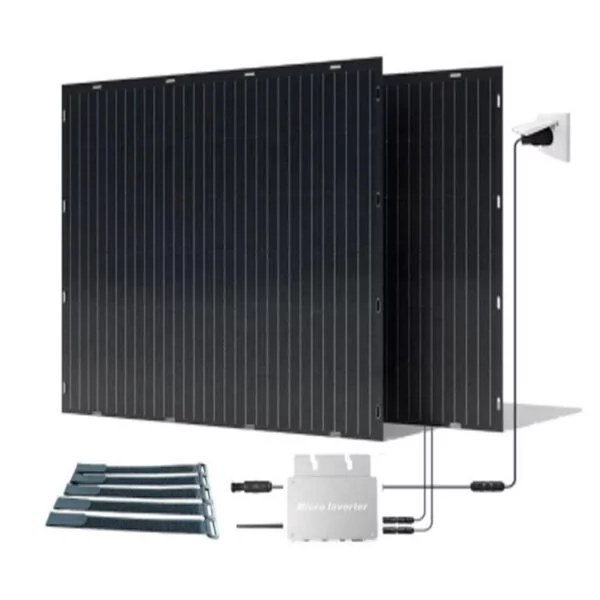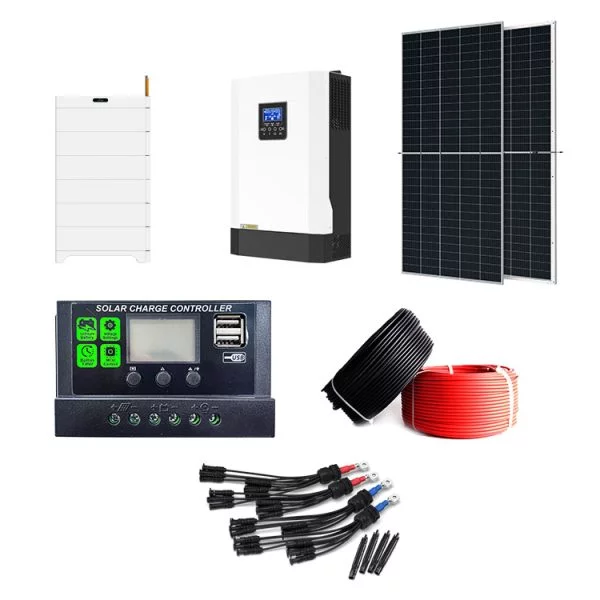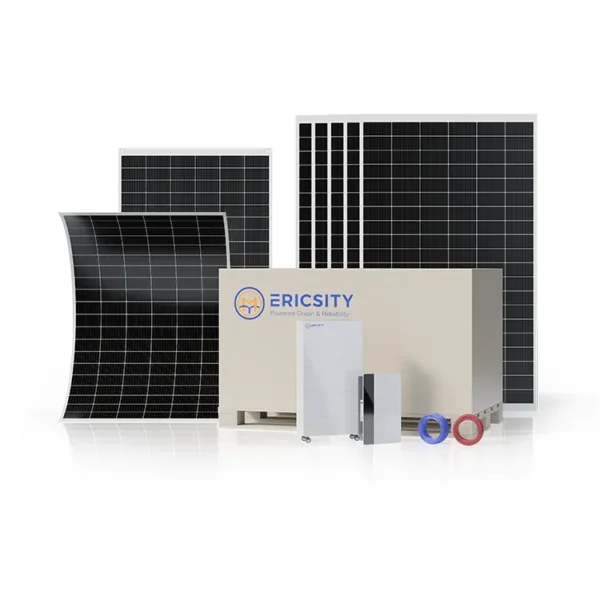HOT PRODUCT
Product Details
Structural Strength: A Comprehensive Guide To Flexible Panel Frames
Title: Structural Strength: A Comprehensive Guide to Flexible Panel Frames
Introduction (80 words):
Flexible panel frames play a crucial role in various industries today, providing structural strength while accommodating dynamic movements and environmental changes. This comprehensive guide explores the key components and design considerations of flexible panel frames, highlighting their significance, applications, and benefits. From understanding the basic principles to exploring advanced materials, this article aims to provide valuable insights and knowledge for engineers, architects, and professionals working with flexible panel frames.
1. Understanding Flexible Panel Frames (100 words):
Flexible panel frames are designed to support structures that require both stability and adaptability. These frames utilize various interconnected panels that allow for freedom of movement. The utilization of flexible materials facilitates the absorption of dynamic forces, offering resilience against changing environmental conditions, vibrations, and other external influences. This unique design element makes flexible panel frames ideal for applications such as aerospace, automotive, robotics, and architectural structures.

2. Key Components of Flexible Panel Frames (120 words):
The core components of flexible panel frames include panels, joints, actuators, and support structures. Panels are the main load-bearing components, often manufactured from composite materials or flexible alloys that can endure stress and deformation. Joints, such as hinge systems or flexible connectors, enable the articulation and relative motion of panels. Actuators, either mechanical or hydraulic, facilitate movement and contribute to shape control. Support structures provide the necessary stability and rigidity to maintain the overall framework integrity. Customization and optimization of these components based on specific requirements are crucial in achieving desired performance and reliability.
3. Design Considerations for Flexible Panel Frames (130 words):
Designing flexible panel frames involves careful consideration of several factors. Structural requirements, including load bearing capacity, deflection limits, and fatigue resistance, form the foundation of the design process. The choice and combination of materials play a vital role in achieving the desired flexibility and strength characteristics. The geometry and arrangement of panels should be optimized to ensure efficient load transfer and distribution. Integration of sensors and control systems enables active monitoring and adjustment of frame behavior. It is also essential to consider fabrication techniques, cost-effectiveness, durability, and long-term maintenance requirements during the design phase.
4. Benefits and Applications of Flexible Panel Frames (150 words):
Due to their unique properties, flexible panel frames offer various advantages. Their ability to absorb and dissipate energy makes them effective in reducing damage from impacts or vibrations. They can adapt to dynamic loads and external forces, contributing to enhanced safety and performance. Flexible panel frames also exhibit superior payload to weight ratios, making them ideal for weight-sensitive applications, such as aerospace engineering. Their compact and space-saving designs provide opportunities for unconventional shapes and architectures. Applications include aircraft structures, automotive bodies, robotic arms, deployable structures, foldable devices, and expandable habitats for space exploration.

Conclusion (100 words):
Flexible panel frames provide an innovative solution for designing structures that require both strength and adaptability. Through the careful integration of various components, consideration of design parameters, and selection of appropriate materials, these frames can withstand dynamic forces while providing crucial support. Their versatility and efficiency make them ideal for a wide range of applications across multiple industries. Understanding the fundamental principles and design considerations outlined in this comprehensive guide will empower engineers and architects to unlock the potential of flexible panel frames, revolutionizing the way we build and create structures.




